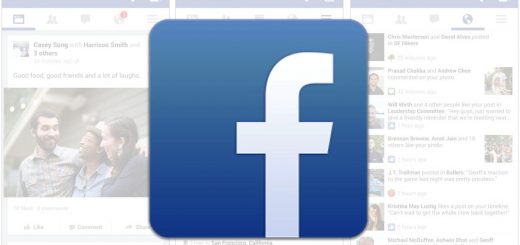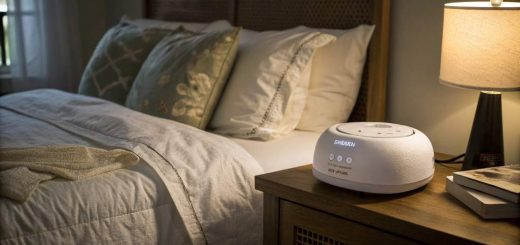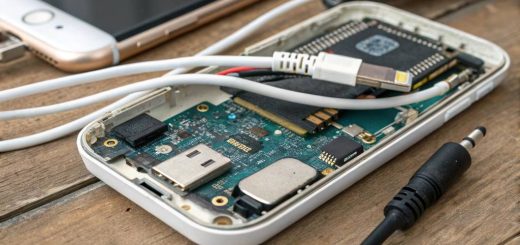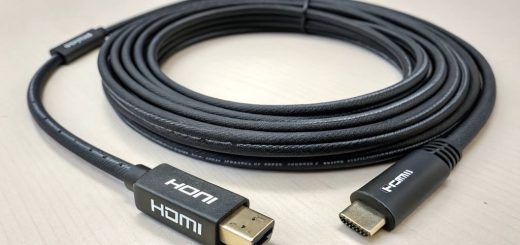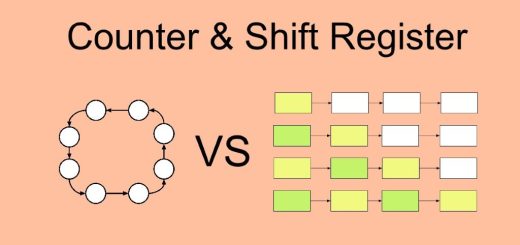How to set up Google Photos to save all your photos and videos on Android
Google Photos is a gallery application, backup, photo edition and much more that comes pre-installed on most Android phones. It is especially useful because you can save a backup copy of your photos so that you can recover them later on other devices or on a new mobile.
In this article we will first see how to set up Google Photos for the first time to save a copy of your photos, as well as the different configurations available. Later we will see how to activate the backup all the photos and not only those taken with the camera, which is the default configuration.
Set up Google Photos for the first time
The first time you open the Google Photos application, you are welcomed with a small panel where you are invited to activate the backup copy. In fact, the default setting is with the backup already activated, so you generally do not need to do anything except continue.
Backup copies are associated with a Google user account, so you need to have a Google account configured on your mobile. If there are several, you can choose which one will be used in the drop-down menu above the Next button. If everything is correct and the copy is already activated, simply click Next.
Now is the time to make a decision: the quality of the backup. Basically you have two options: maintain the original quality or reduce the size in exchange for unlimited storage. This should generally be very simple, but the way in which Google calls the different options is what creates the confusion. These are two options …
- Original quality: The size and quality of the photos is maintained, but the size of the photos is discounted from the storage space you have in Google Drive. Generally Google accounts start with 15 GB of free storage shared between Gmail, Drive, Photos and the rest of services.
- High quality: It reduces the size of the photos to a maximum of 16 MP for the photos (about 4920 x 3264 pixels) and 1080p for the videos, but in exchange these do not take up space in the storage of Google. That is, the backup copy is unlimited.
There is no correct answer, but you must choose which one suits you best. You can always change your mind later and even convert the original quality photos to compress to free space in Google Photos. After pressing Confirm, the backup will start, but only for the photos taken by the camera
Save all your photos in Google Photos
The default configuration of Google Photos is that only those that are taken with the camera are saved, but not those of other applications such as the images that you download, screenshots or those created with a retouching program. To change it you need to go to the settings, by tapping the menu button embedded in the search bar.
Although Google Photos will ask you through a notification if you want to save the photos of a folder every time you detect that there is a new folder with images, the best way to avoid these annoying notifications is to change it manually from the settings.
Once inside the settings section, the first thing you will have to do is to touch in the first section, called Backup and synchronization. Just below it appears the email address of your Google account, because this section is only available to those who have logged in.
Here you can review the configuration of the backup, see how much storage you have used and modify if you want the quality of the backup. To choose which folders on the device will be included in the backup, touch Backup of device folders.
Now, you will have a list with all the folders of your mobile in which it has been detected that there are images or video. To activate the backup in Google Photos, use the switch next to your name. If you want to activate it in all, turn on all the switches.
That’s it, from that moment Google Photos will save the quality that you have specified and when you have specified (only WiFi, or also with Data), all the photos you take with the camera and those of other folders, coming from other apps.


